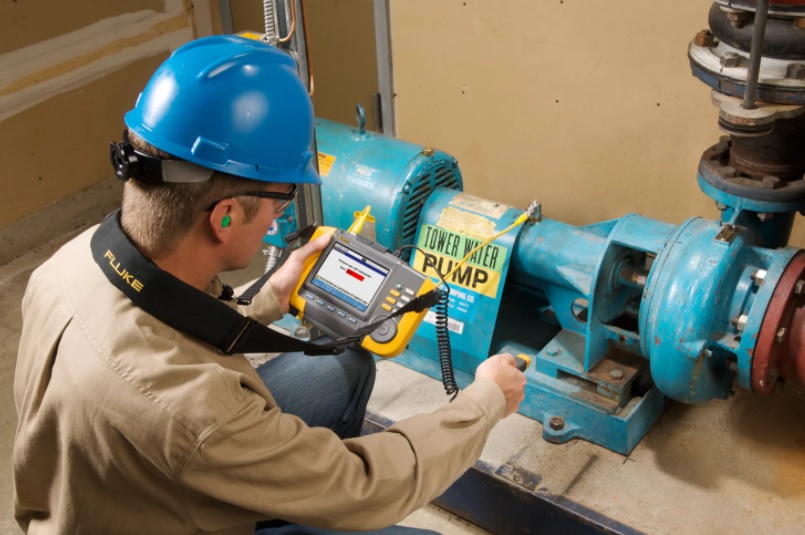Monitoring machines for vibration can save you time and money. A machine going offline can impact quality and production. Monitoring machines for vibration issues identifies trends and helps reduce the potential for the machine going offline.
In the first article of this NEW series, we will outline what vibration is, common causes of vibration and the effects of vibration. Watch this space to catch the full series!
What is Vibration?
Vibration is simply a back and forth movement—or oscillation—of machines and components in motorized equipment. Vibration in industrial equipment can be a symptom, or cause, of a problem, or it can be associated with normal operation. For example, oscillating sanders and vibratory tumblers rely on vibration to function. Internal combustion engines and gear drives, on the other hand, experience a certain amount of unavoidable vibration.
What are the most common causes of vibration?
Vibration can indicate a problem and if left unchecked can cause damage or expedited deterioration. Vibration can be caused by one or more factors at any given time, the most common being imbalance, misalignment, wear and looseness.
1. Imbalance
A "heavy spot" in a rotating component will cause vibration when the unbalanced weight rotates around the machine's axis, creating a centrifugal force. As machine speed increases the effects of imbalance become greater. Imbalance can severely reduce bearing life as well as cause undue machine vibration.
2. Misalignment
Vibration can result when machine shafts are out of line. Angular misalignment occurs when the axes of (for example) a motor and pump are not parallel. Misalignment can be caused during assembly or develop over time, due to thermal expansion, components shifting or improper reassembly after maintenance. The resulting vibration can be radial or axial (in line with the axis of the machine) or both.
3. Wear
As components such as ball or roller bearings, drive belts or gears become worn, they might cause vibration. When a roller bearing race becomes pitted, for instance, the bearing rollers will cause a vibration each time they travel over the damaged area. A gear tooth that is heavily chipped or worn, or a drive belt that is breaking down, can also produce vibration.
4. Looseness
Vibration that might otherwise go unnoticed can become obvious and destructive if the component that is vibrating has loose bearings or is loosely attached to its mounts. Such looseness might or might not be caused by the underlying vibration. Whatever its cause, looseness can allow any vibration present to cause damage, such as further bearing wear, wear and fatigue in equipment mounts and other components.
What are the effects of vibration?
Vibration can accelerate machine wear, consume excess power, and cause equipment to be taken out of service, resulting in unplanned downtime. Other effects of vibration include safety issues and diminished working conditions. When measured and analyzed properly, however, vibration can play an important role in preventive maintenance programs. It can serve as an indicator of machine condition and allow plant maintenance professionals to act before damage or disaster strike.
Consider these variables when analyzing vibration:
- Direction, such as radial or axial
- Amplitude, severity
- Frequency, expressed in cycles per minute (CPM) or Hertz (Hz)—one Hz equals one second, or 60 CPM
Plant maintenance technicians need to be able to differentiate between normal and abnormal vibration. A good understanding of vibration basics and the right tool is all a plant maintenance technician needs to quickly and reliably get to the bottom of vibration-related issues, including finding the root cause and severity, then determining the need for service or repair.
Are you looking for solution to mitigate the effects of vibration? CHAT to our experts about the Fluke range of vibration testers and software!
Source: https://www.fluke.com/en-us/learn/blog/vibration/most-common-causes-of-machine-vibration


